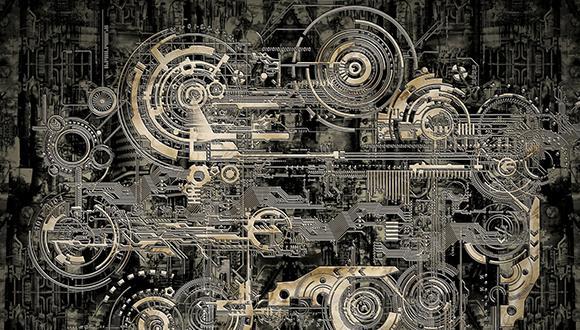סמינר מחלקה של עדי קונסנס - ההשפעה של עקמומיות עורקים על גורמים המודינמיים להתחלת מפרצת תוך גולגולתית
SCHOOL OF MECHANICAL ENGINEERING SEMINAR
Monday 22.07.2024 at 14:00
Wolfson building of mechanical engineering, room 206
The effect of arterial curvature on hemodynamic causes of intracranial aneurysm initiation
Adi Konsens
M.Sc student under the supervision of Prof. Gil Marom
School of mechanical engineering, Tel Aviv university
Approximately half a million people die each year worldwide from intracranial aneurysm (IA) rupture, but the vast majority are asymptomatic before the potentially fatal rupture, making their diagnostics a challenge. Therefore, it is desirable to predict if and where an aneurysm would initiate. Our hypothesis is that local curvature might change hemodynamic properties such as wall shear stress (WSS), which have been previously correlated with the initiation location of aneurysms. Despite several studies on local hemodynamics at the site of aneurysm formation, there is still no consensus on the association between aneurysm formation and arterial morphology and hemodynamics. In this study, we develop a computational workflow to address the morphological and hemodynamic markers affecting aneurysm formation.
We aim to model 100 patient-specific cases: 50 healthy subjects and 50 aneurysmal ones. Vessels with and without an aneurysm will be compared by removing the aneurysm from the aneurysmal patients and reconstructing the vessel. To minimize the area of unknown pre-aneurysmal anatomy, only aneurysms with a neck diameter <3 mm will be selected. The curvature calculation and the hemodynamic computational fluid dynamics simulations, including their post-processing, will be repeated for all patients with the same methods, boundary conditions, and mesh resolution. A Python-based pipeline (PyPlan) was developed to automatically prepare the surface, extract the centerlines using VMTK, generate a mesh using Ansys ICEM, and run a simulation using Ansys Fluent. The simulation results of a fully converged third cycle will be post-processed. The post-processing script calculates relevant hemodynamic quantities from the results and calculates curvature from a re-smoothed centerline on equally spaced points. Each vessel wall node that is not in the aneurysm is linked to the nearest centerline point, allowing a direct comparison of the results and curvature and preventing misleading curvature estimation in the aneurysm nodes. Once all the data is obtained, we will investigate the correlation between the different potential indicators of aneurysm initiation.


